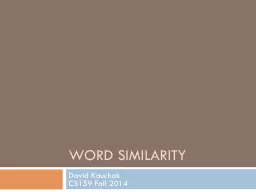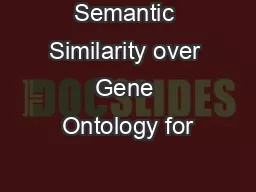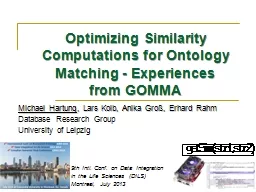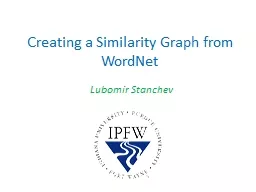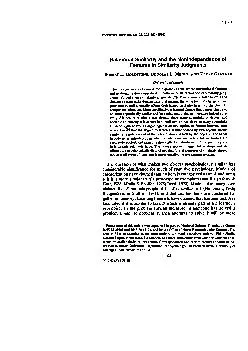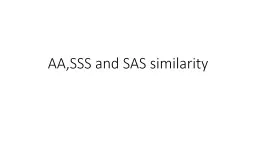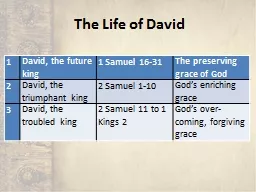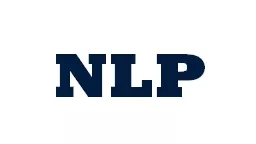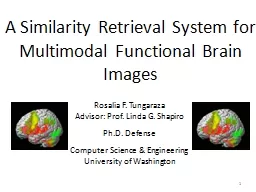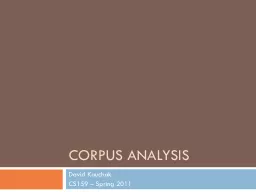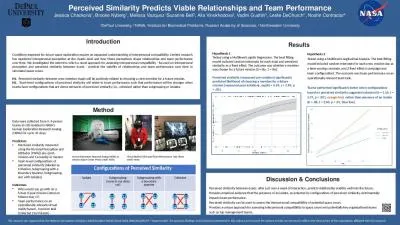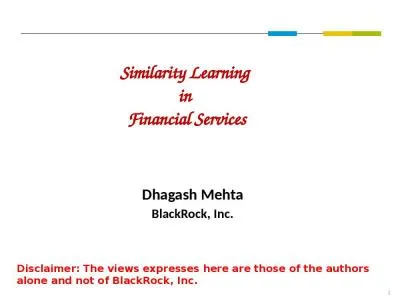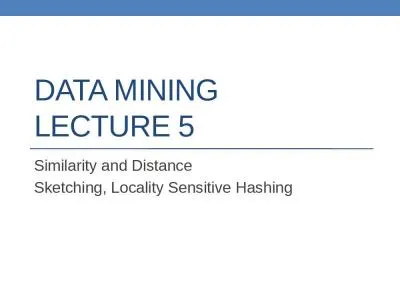PPT-Word Similarity David Kauchak
Author : lois-ondreau | Published Date : 2018-02-07
CS159 Fall 2014 Admin Assignment 4 Quiz 2 Thursday Same rules as quiz 1 First 30 minutes of class Open book and notes Assignment 5 out on Thursday Quiz 2 Topics
Presentation Embed Code
Download Presentation
Download Presentation The PPT/PDF document "Word Similarity David Kauchak" is the property of its rightful owner. Permission is granted to download and print the materials on this website for personal, non-commercial use only, and to display it on your personal computer provided you do not modify the materials and that you retain all copyright notices contained in the materials. By downloading content from our website, you accept the terms of this agreement.
Word Similarity David Kauchak: Transcript
Download Rules Of Document
"Word Similarity David Kauchak"The content belongs to its owner. You may download and print it for personal use, without modification, and keep all copyright notices. By downloading, you agree to these terms.
Related Documents

